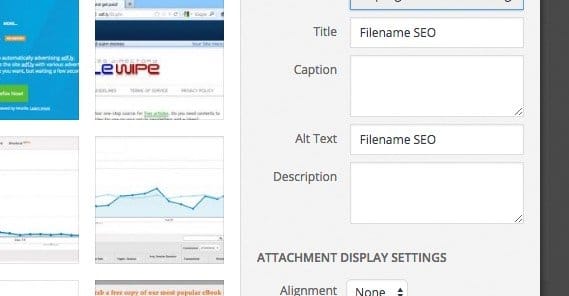
When users enter a query, search tries to find tokens in the index that match the tokens of the query.įor most languages, search changes text to lower-case, removes diacritics, replaces special characters, such as punctuation, with white space, and then breaks on white spaces.īreaking on white spaces works fine for a language like English, but not so well for East Asian languages. When search indexes content or when it processes queries, it breaks a stream of text into smaller parts such as words, phrases, symbols, or other meaningful elements. Get better search results when you have multi-lingual content and metadata with special characters If you don't want anonymous users to see the information in a managed property, for example who has authored an item, disable the "Safe for Anonymous" setting for the managed property. If you want to prevent the content in a managed property from showing up as search results, you can disable the retrievable setting for the managed property. Then, to find only items that have an author named Smith, users can query for "author:Smith". If you want users to be able to "only search for items that have this specific author", set the author property to be queryable. This means that a simple query for "Smith" returns items that contain the word "Smith" and also items whose "author" property contains "Smith". If you set a managed property to be searchable, the content is added to the index. You can "rename" these unused managed properties by using the alias setting.įor the built-in managed properties, you can change their mappings to crawled properties, but the only setting you can change is the alias.ĭefine which content that users can search and get results for These managed properties can contain information in integer, decimal, date and time, double precision float, or binary format. If you need other content types in your custom managed property, then use one of the unused, built-in managed properties that search comes with. You can create new, custom managed properties, but these can only contain text or Yes/No. Managed properties and searchĮach managed property has settings that determine how users can search for the content of that managed property, and how the content can be shown in the search results. For example, the number "123456789" isn't indexed, but the string "PO123456789" is indexed. Numeric data in Microsoft Excel files isn't indexed. See Introducing Search Schema for SharePoint for more info. After the site, library, or list has been crawled, users can search for the content and metadata of new, or changed managed properties. If you add a managed property, you must map it to a crawled property to get content into the index. For example, crawled properties related to author map to a managed property related to author. Search comes with relevant crawled properties mapped to managed properties. Examples of useful metadata for the index are the author and the title of a document. The index only includes content and metadata from the managed properties. Not all crawled content or metadata is useful to have in the search index, so the search schema has a list of useful types of content and metadata, called managed properties. The search schema has a list of crawled properties that helps the crawler decide what content and metadata to extract.


The discovered content and metadata are called properties of the item. Search discovers information by crawling items on your site. When a user searches for content on SharePoint sites, search only finds what's in the search index, and only shows results that the user has permission to see. By changing the search schema, you can customize the search experience in SharePoint in Microsoft 365. The search schema controls what users can search for, how users can search it, and how you can present the results on your search websites.


 0 kommentar(er)
0 kommentar(er)
